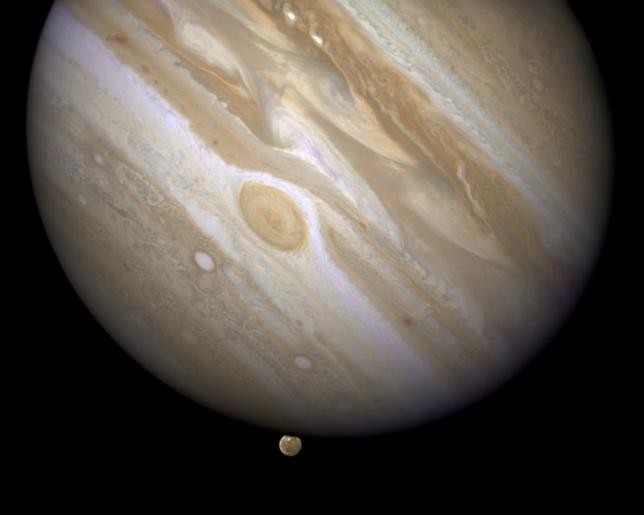Mark your calendars! The July sky is going to host some interesting and spectacular astronomical events of the year 2015. The seventh month of the year will open with a rare sight of Venus and Jupiter in conjunction and an average meteor shower along with Full Thunder Moon and the New moon. Here is a guide to all the major sky events of July 2015.
Jupiter And Venus Conjunction: In a rare event, the two brightest planets Jupiter and Venus come close in the evening sky on July 1, 2015. According to Sea Sky's Astronomy Calendar of Celestial Events of Calendar Year 2015, the two planets will come so close that they will appear to be only 0.3 degrees apart. To witness the stunning sight, astronomy enthusiasts are suggested to look towards the West during the twilight.
It is a great photo opportunity for the astronomy enthusiasts as "it could be the best backyard sky show of 2015," according to NASA. All that is needed to witness the sky event is a pair of binoculars.
Full Moon: The Full Moon will also take place on July 1, 2015. The moon will be positioned exactly opposite the Earth and the Sun. The event reaches its peak at 02:19 UTC. This is also known as Full Buck Moon, Full Thunder Moon and the Full Hay Moon.
New Moon: On July 16, the New Moon will emerge. At 2:19 UTC, the event will reach its peaks. It is advised to be the best time to observe the celestial objects.
Delta Aquarids Meteor Shower: On July 28 and 29, a shooting star event occurs that produces up to 20 meteors per hour at its peak. This average meteor shower has its origin related to comets Marsden and Kracht. Constellation Aquarius remains the radiant point for the Delta Aquarids Meteor Shower.
Second Full Moon/ Blue Moon: On July 31, the second full moon of the month takes place. It is also called a Blue Moon. The event reaches its peak 10: 43 UTC.
The month will see Ceres in opposition, among other astronomical events. The first ever discovered dwarf planet Ceres will reach the opposition on July 25, 2015. It will be visible in the constellation of Sagittarius.
The July sky will also see Uranus and Moon come close on the eighth and the ninth day of the month. According to Space, during this event, the moon will hide Uranus. Also, in this month, Venus will be brightest.



























